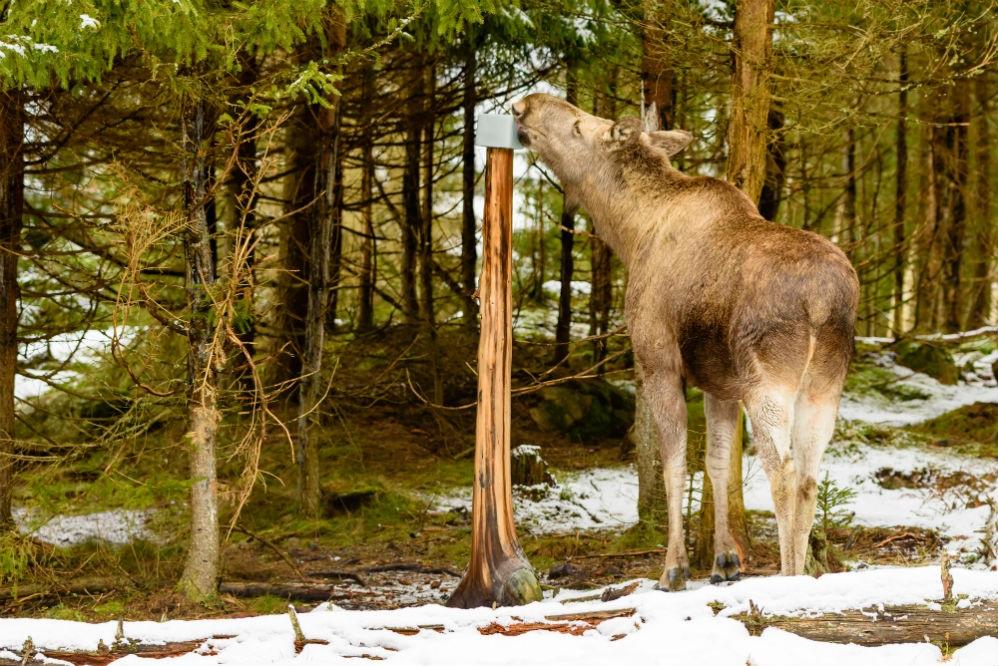Deer Feeding Times

Tracking Deer Feeding Times Can Help You Have A More Successful Hunt
Most hunters start their day well before the sun rises, rolling out of bed and getting out into the field before the break of dawn. As it turns out, there is a logical reason for this. Mornings are one of the primary feeding times for deer. Because they are more active during this time of the day, they are a lot easier to find and kill.
Mornings aren't the only time of the day when deer feed, however. By familiarizing yourself with the most common deer feeding times, you can plan your day accordingly. This can dramatically improve your chances of having a successful hunt. Below is a general outline of some of the most common feeding time for deer:
1. Mornings.
Think about how hungry you are when you get out of bed. Chances are, one of the first things that you do is grab breakfast. Deer are no different. After sleeping during the night, one of the first things that they want to do is enjoy a hearty breakfast.
Depending on the area where you are hunting, their early-morning feeding routine may vary. For instance, some deer feed close to the woods early in the morning while others prefer to head out into the fields. Try tracking the movements of the deer in your area for several days to get a feel for the various areas where they tend to eat during the different parts of the day.
2. Evenings.
During the day, most deer stay bedded down. This allows them to avoid the heat of the day. By early evening, however, they are starting to get hungry and are starting to think about eating again. As twilight approaches and the sun slowly starts to go down, the deer come out in full force, grabbing a bite to eat before the end of the day. The evening is one of the most active deer feeding times.
You can often see fields full of deer in the late evening hours. Again, pay attention to the habits of the deer in the area where you are planning on hunting.
You may want to try to track their eating habits for a couple of weeks before you start hunting. That way, you are less likely to waste time waiting for the deer to come out and eat. Instead, you can plan your schedule around their schedule, increasing the likelihood of having a great hunt.
3. Right before a cold front.
Pay attention to the weather. If you notice that there is going to be a cold front moving in, it is the perfect time to hunt. Right before temperatures drop, deer tend to get extremely active. Because they are on the move, they are a lot easier to find.
Fortunately, there are a lot of great resources online like Feedthatgame.com that you can use to track deer feeding times for your area. A quick search in whatever search engine you prefer should bring up several different websites that provide tracking data for your location.
Typically, these guides track sunrise and sunset times as well as the moon phases. Interestingly, the phase of the moon can have a significant impact on feeding times.
Checking out some of these charts and publications before planning your hunting trip can help ensure that you are making the most of your time. Instead of wasting hours waiting for deer during the wrong part of the day, you can plan your trip so that you are out hunting when the deer are the most likely to be active. Once you know the best hunting hours for your area, you stand a much better chance of being successful with your hunt.